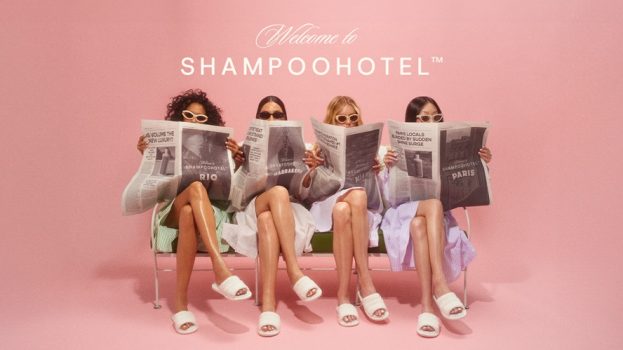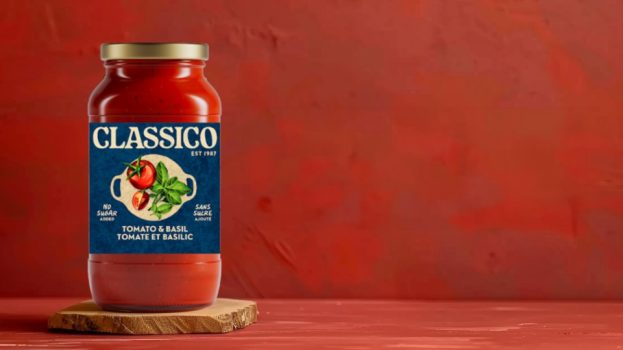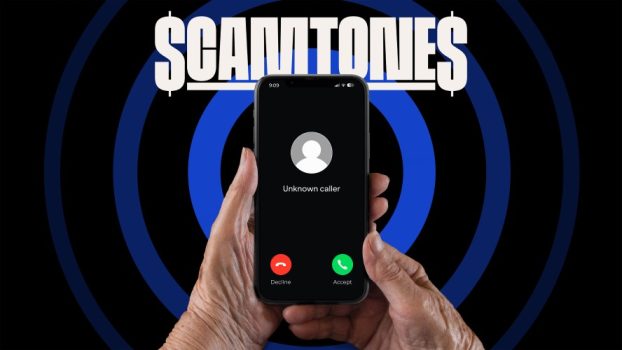In its Q3 earnings report, P&G showed signs that the company’s investment in its brands is working. It also stated plans to “double down” on brand building during the crisis when other companies have questioned if maintaining marketing spend is appropriate.
Organic sales at the CPG giant increased 6% year-over-year for the quarter ending March 31. Sales growth was particularly high in Fabric & Home Care (10%), Health Care (9%) and Family Care (7%) categories, while the Beauty category had a 1% organic sales lift and Grooming decreased by 1%.
This growth was largely attributed to organic shipment volume increasing due to strong consumer demand in North America and certain European markets due to the COVID-19 pandemic, only partially offset by volume decreases in some Asian markets as a result of disruption of consumer access to retail markets.
Over the last year, P&G has committed to a strategy of investing in the long-term health and competitiveness of its brands. During an investor call, Jon Moeller, P&G’s vice chairman, chief operating officer and chief financial officer, was not shy about the opportunities the company saw in sticking to this strategy, even during the pandemic.
In the early days of COVID-19’s spread, many brands clawed back the presence of their brands to avoid being insensitive or perceptions of profiteering; Moeller instead framed ongoing brand investment as helping both society’s and P&G’s own needs during this time. “We’re doubling down to serve consumers and our communities,” he told investors. “We’re doing this in our interest and society’s interest and in the interest of our long-term shareholders.”
Most of the impacts of the pandemic Moeller described were related to product availability disrupting typical consumer buying behaviour and purchase drivers. For example, a lack of a consumer’s preferred brand has increased trial of products they might not have otherwise considered – though Moeller said the challenge was that trial was not necessarily always going to P&G products. On that note, the investment in brand is less about driving sales during the pandemic, and more about ensuring the company’s brands remain trusted when things settle down.
“We need to work hard to ensure that we maintain mental and physical availability to the greatest extent possible, so that those consumers return to their beloved and trusted brands, which are ours, as they’re more fully available,” he said.
Given the increase in media consumption as consumers spend most of their time at home, Moeller said this is not a time to go quiet.
“There’s big upside here in terms of reminding consumers of the benefits that they’ve experienced on our brands and how they’ve served their and their families’ needs, which is why this is not a time to go off air,” he said. “I’ve talked to several other companies in different industries now who are viewing this as a time when we should be cutting back on support. And obviously, if you’re in an industry that doesn’t operate in this environment, that makes sense. But for ours, this is not a time to retrench.”
Moeller did not say whether the company expected to experience the same retail disruption in North America and Europe for its upcoming quarter as it did in Asia during Q3, though it does expect some retail changes on the horizon. Like other CPG companies, P&G has seen increased demand for core SKUs that drive the business, which might help the company zero in on inefficient SKUs.
“I think this is a reset opportunity for us and for our retail partners,” Moeller said. Looking ahead to the possibility of recession, he said the company’s strategy will enable it to weather an economic downturn better than it had previous ones: a portfolio that is focused on daily use products, leaning into the role performance plays in brand choice and relevant pack sizes designed for consumers who need to make week-to-week purchase decisions based on cash availability.
























